That makes building a disaster prevention education system a national priority, starting as early as primary school.
Japan's legal and policy foundation for disaster management was shaped by a series of major disasters. The Great Kanto Earthquake of 1923 and Typhoon Vera of 1959 prompted lawmakers to enact the Disaster Management Basic Act in 1961, laying the foundation for the modern disaster prevention system.
By 1995, the Hanshin earthquake exposed serious weaknesses in old structures, forcing the government to step up its reinforcement program and inspect construction quality.
In addition to engineering measures, Japan places special emphasis on training children in survival skills. In most schools, students participate in monthly earthquake and tsunami drills, learning how to evacuate, communicate, give first aid, and handle situations. The government sees this training as a long-term strategy. Because if each generation is equipped with knowledge, society will maintain the ability to respond effectively and consistently.
For example, at Koyo Junior High School in Odaiba, Tokyo, students are trained in four groups of tasks: evacuation support, first aid, firefighting and food preparation. The drills involve not only students, but also local residents, creating a model of close community cooperation.
Although the government provides generous funding for strengthening public facilities, it is still the responsibility of citizens to strengthen their own homes. In places like Odaiba, every household stores three days’ worth of food and water, the minimum amount of time needed for rescuers to reach them in the event of a major disaster. In schools, emergency supplies such as drinking water and dry food are stored and replaced every five years.
Japan manages disasters through a clear hierarchy. The Cabinet Office plays a central coordinating and long-term planning role, while individual ministries are responsible for their own areas.
The Ministry of Land, Infrastructure, Transport and Tourism is responsible for improving infrastructure and overseeing building standards. The Ministry of Agriculture is drawing up risk management plans for agricultural land; the Ministry of Health is preparing the health system to respond to natural disasters; and the Ministry of Education is implementing disaster preparedness training programs in schools.
In an era of climate change that increasingly increases the risk of natural disasters, Japan's model shows that disaster prevention education is not only a state responsibility, but also a social and cultural one.
From the classroom to the family to the national policy system, everything is connected to foster a spirit of preparedness. That is why Japan, despite facing earthquakes, maintains the ability to respond quickly, minimize damage and protect the younger generation.
“Students are taught how to help children, the elderly and visitors in the event of a major earthquake,” said Koyo Iwasaki Junior High School Vice Principal Minoru. “Disasters can strike at any time. Students need to understand how to protect themselves and help others. We conduct this training 10 times a year so that they develop a natural reflex.”
Source: https://giaoducthoidai.vn/nhat-ban-day-tre-phong-chong-thien-tai-tu-nho-post758347.html








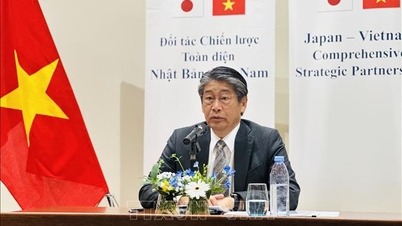



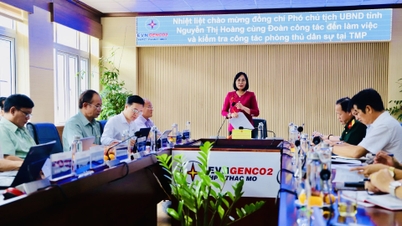



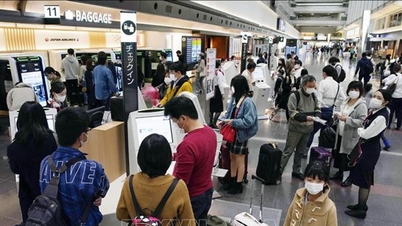




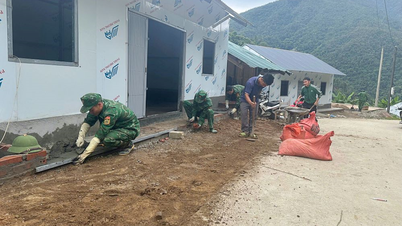
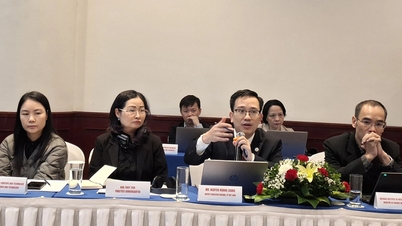



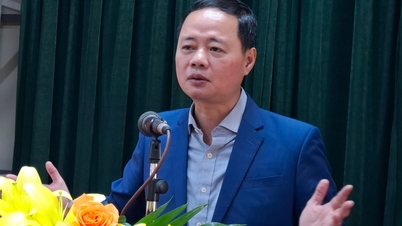











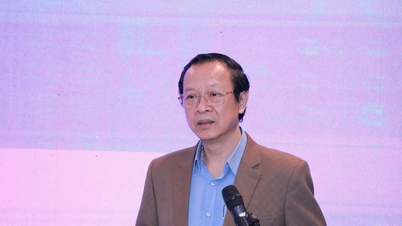
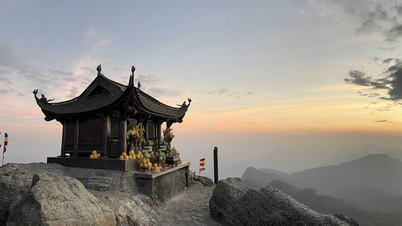






















































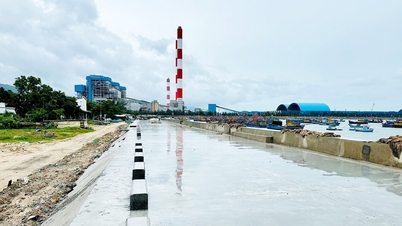













Comment (0)